Banana trees are an intriguing and exotic addition to any garden or indoor space. Native to tropical regions of Asia, Africa, and Australia, they bring a lush, tropical ambiance and can even bear the beloved fruit, provided they are given appropriate care. With a misnomer that might trick many, banana "trees" are actually gigantic herbaceous plants, making them a unique specimen in the plant world. Understanding and providing the right care for these plants is essential for their growth and fruiting.
In this guide, we'll walk you through the steps to successfully grow a Banana Tree and share some tips to help you steer clear of the most common issues.
Understanding the Basics
Banana trees, botanically known as Musa spp., belong to the Musaceae family. They are renowned for their fleshy, upright stalks that sprout large, oblong, bright green leaves. In the spring, these plants yield showy flowers which then give way to the elongated, green or yellow fruit that we know and love.
Mature banana trees can vary significantly in size, ranging anywhere from 2 to 30 feet tall, and spreading 1 to 15 feet wide, depending on the species. They love full sun exposure and thrive in well-drained loamy soil with an acidic pH. Despite their tropical origin, some banana tree species are somewhat cold-hardy, adding to their versatility.
Choosing the Right Banana Tree Species
The world of banana trees is vast and diverse, boasting around 70 distinct species and innumerable varieties. Each species carries unique characteristics, making the selection process an exciting endeavor. Your choice of species should be dictated by factors such as your geographical location, climate conditions, and your personal aesthetic or practical preferences. Some of the most common varieties include the following:
Musa acuminata: As one of the most widely grown species, Musa acuminata is an exceptional choice for those wanting to introduce a touch of the tropics to their space. This species can reach impressive heights of 12 to 20 feet, making it a striking feature in any landscape. However, it's not just the height that draws attention; the plant is also known for its large, paddle-shaped leaves that add a unique textural element. Despite its grand size, it's often grown for ornamental purposes rather than fruit production.
Musa ornata: Alternatively, you might consider the Musa ornata, colloquially known as the flowering banana tree. This species might not offer edible fruit, but it brings immense aesthetic value. Its vibrant, attractive flowers make it a favorite among gardeners seeking to inject color and visual interest into their green spaces.
Musa basjoo: If you're located in a region where the climate leans towards the colder side, fear not — the Banana Tree family has something for you as well. The Musa basjoo, also known as the Japanese banana, exhibits a degree of cold tolerance uncommon in other banana tree species. Capable of reaching heights between 6 to 14 feet, this species is a wonderful addition to a garden or spacious indoor setting, providing a unique, tropical ambiance despite the chill.
When selecting a banana tree species, it's crucial to research and understand the specific requirements and characteristics of each option. While all banana trees share some common care practices, individual species may have unique needs that must be catered to for them to thrive.
Caring for Banana Tree
The journey to a flourishing Banana Tree starts with understanding the plant's unique requirements and characteristics. As tropical fruiting plants, banana trees demand certain conditions to thrive, grow, and potentially bear fruit. The following guide will help you create an environment for your Banana Tree that mimics its native tropical habitat, ensuring a healthy, vibrant plant.
Light Requirements: An essential factor in the care of banana trees is the provision of ample sunlight. Native to sun-drenched tropical climates, most banana tree species relish in full sun. This implies they need at least six hours of direct sunlight for the majority of days. However, it's worth noting that some varieties have a lower tolerance to intense sun and might scorch under harsh conditions, preferring instead to grow in partial shade.
Soil Quality: Another critical aspect of banana tree care is the quality of the soil. These plants have a preference for deep, organically rich soil with good drainage capabilities. The presence of organic matter in the soil not only provides essential nutrients but also aids in retaining moisture — an important aspect given the plant's high water demand. Additionally, banana trees do not fare well in saline soils, so it's essential to ensure the soil is slightly acidic for optimal growth and health of the plant.
Watering Regime: Given their tropical rainforest origins, it's no surprise that banana trees are water-loving plants. They require a consistent watering regime that keeps the soil evenly moist but not waterlogged. It's a delicate balance to maintain as overwatering can lead to a common, often fatal plant condition known as root rot. By keeping the soil moist but ensuring good drainage, you can provide the tree with the hydration it needs while avoiding detrimental waterlogging.
By adhering to these fundamental care guidelines, you'll be well on your way to cultivating a healthy and thriving Banana Tree. Remember, each plant is unique and will need time to adjust to its new environment. Don't be discouraged if progress seems slow at first; with patience and consistency, you'll be rewarded with a lush, vibrant plant.
Pruning and Propagation
Pruning and propagation play an essential role in maintaining the health and longevity of a banana tree. Before the tree fruits, it should be pruned to leave only one main stem. After six to eight months of growth, a single sucker (a small shoot at the base of the stem) should be left. This sucker will replace the main stem in the next growing season. Once the fruit is harvested, the main stem should be cut down to 2.5 feet, and the rest of the stem removed a few weeks later, leaving the replacement sucker intact.
Propagation of banana trees is best achieved through division. This involves separating the suckers from the rhizome (horizontal underground stem) using a sharp spade. This should be done once the suckers are at least 3 feet tall and have developed their own roots. After separating a sucker from the parent plant, the surface of the rhizome section should be allowed to dry for a day or two before replanting in an appropriate location.
Indoor and Potted Care
Banana trees can successfully be grown in containers, offering the benefit of being able to be moved indoors during colder months or inclement weather. However, they typically require a minimum 15-gallon pot for optimal growth, along with a loose, organically rich potting mix. Indoor and potted banana trees often have higher watering and feeding needs, given that they use up the resources in their limited soil faster than banana trees planted in the ground.
Bear in mind that potted banana trees may not reach their maximum size and might not bear fruit, but many people still choose to grow them for their lush, tropical foliage. Typically, potted banana trees should be divided and repotted every three years, separating any suckers from the parent plant.
Managing Common Pests and Diseases
Like any other plant, banana trees are susceptible to a variety of pests and diseases. For instance, aphids can cause the leaves to curl and shrivel, and they can also transmit diseases affecting the fruit. Black weevils are another common pest; their presence is often indicated by jelly-like sap oozing from the plant, and they can be eliminated using appropriate pesticides.
Nematodes are perhaps the most common pests afflicting banana trees, often causing the plant and fruit to rot. Sap-sucking insects such as white mealybugs and red spider mites are also prevalent. Additionally, scarring beetles can invade the bunches of fruit and tiny thrips can stain and split the peel of the fruit.
Banana trees are also vulnerable to diseases, especially when grown indoors. These include root rot, leaf-spot disease, wilt, and powdery mildew. While many of these diseases are common in large orchards and are managed with commercial fungicides and pesticides, vigilance is key to maintaining the health of your banana tree.
Final Thoughts
Growing a banana tree can be a rewarding endeavor, whether you are looking for a unique indoor plant, aiming to produce your own bananas, or simply enjoy the tropical ambiance these trees can provide. By understanding the specific needs and care requirements of banana trees, you can ensure a healthy, thriving plant that brings a touch of the tropics to your space.
Remember, while banana trees demand attention through watering, fertilizing, and monitoring for pests and diseases, the rewards are worth the effort. With the right care, your banana tree can become a stunning focal point and maybe even bear a cluster of delicious bananas. So why not start your banana tree journey today? The tropical oasis is closer than you think!
Now that you're equipped with the knowledge to grow and care for your own banana tree, why not start your tropical journey today? Varnish & Vine can provide you with the finest quality banana trees to start your adventure.
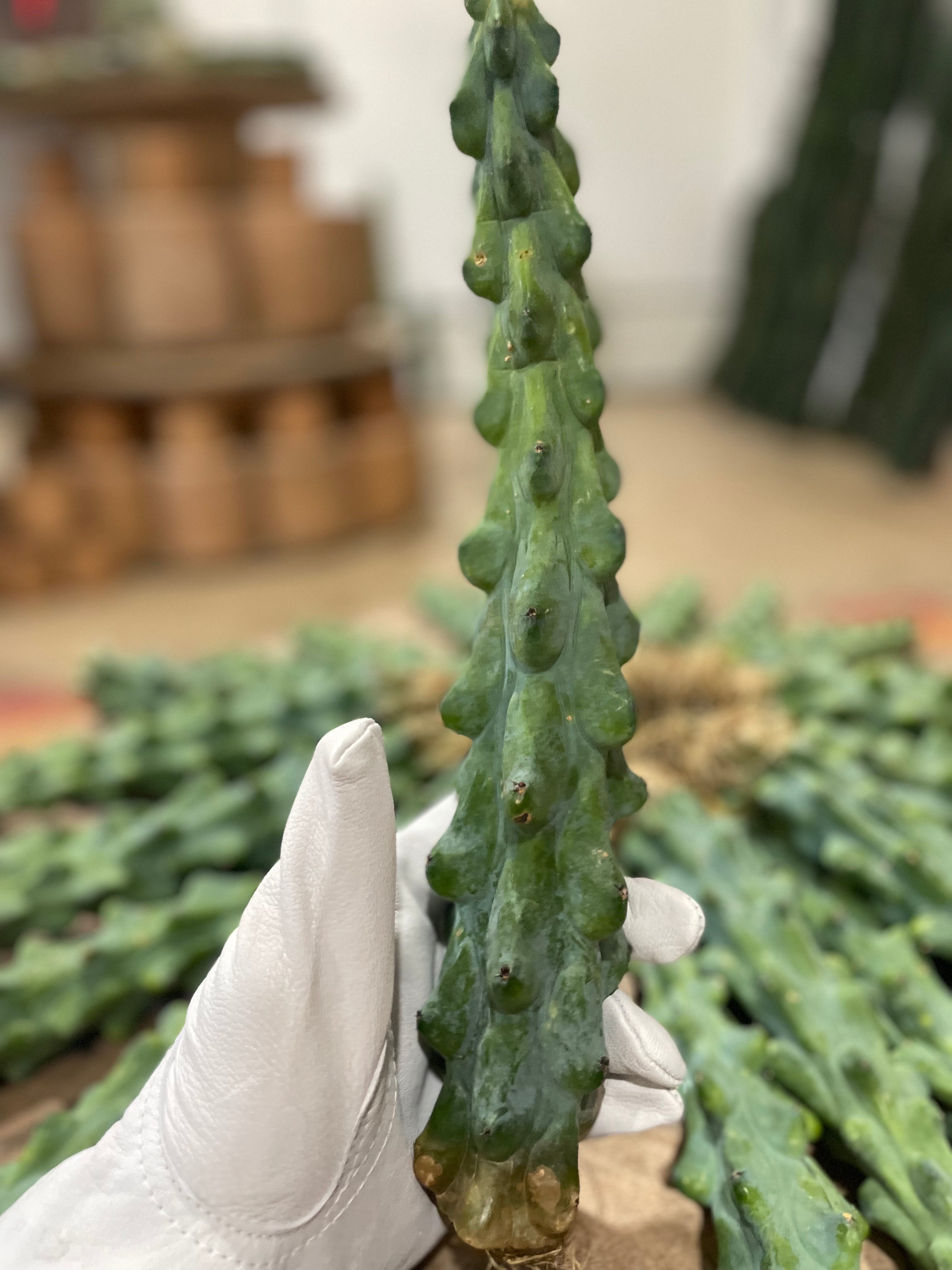
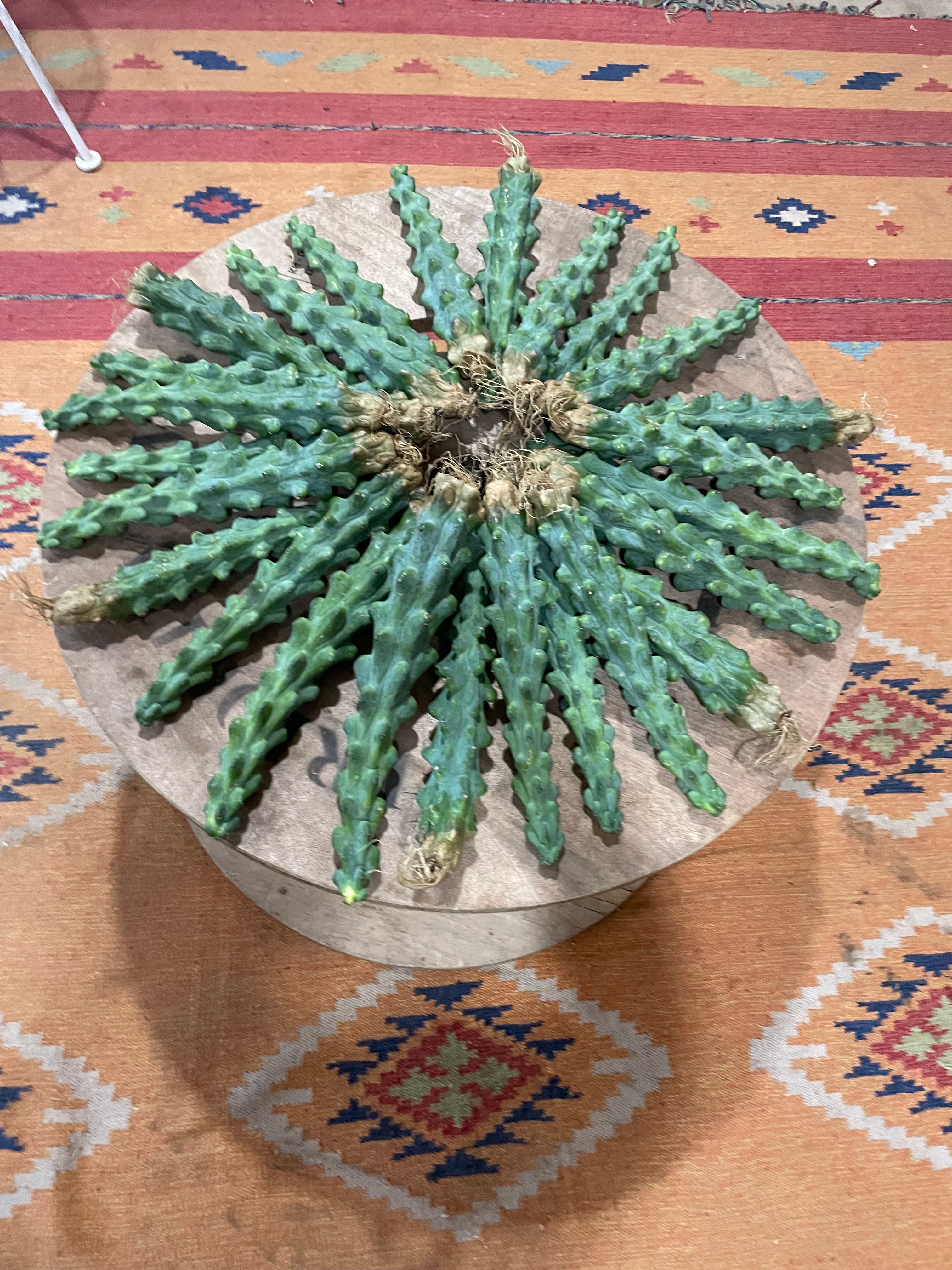
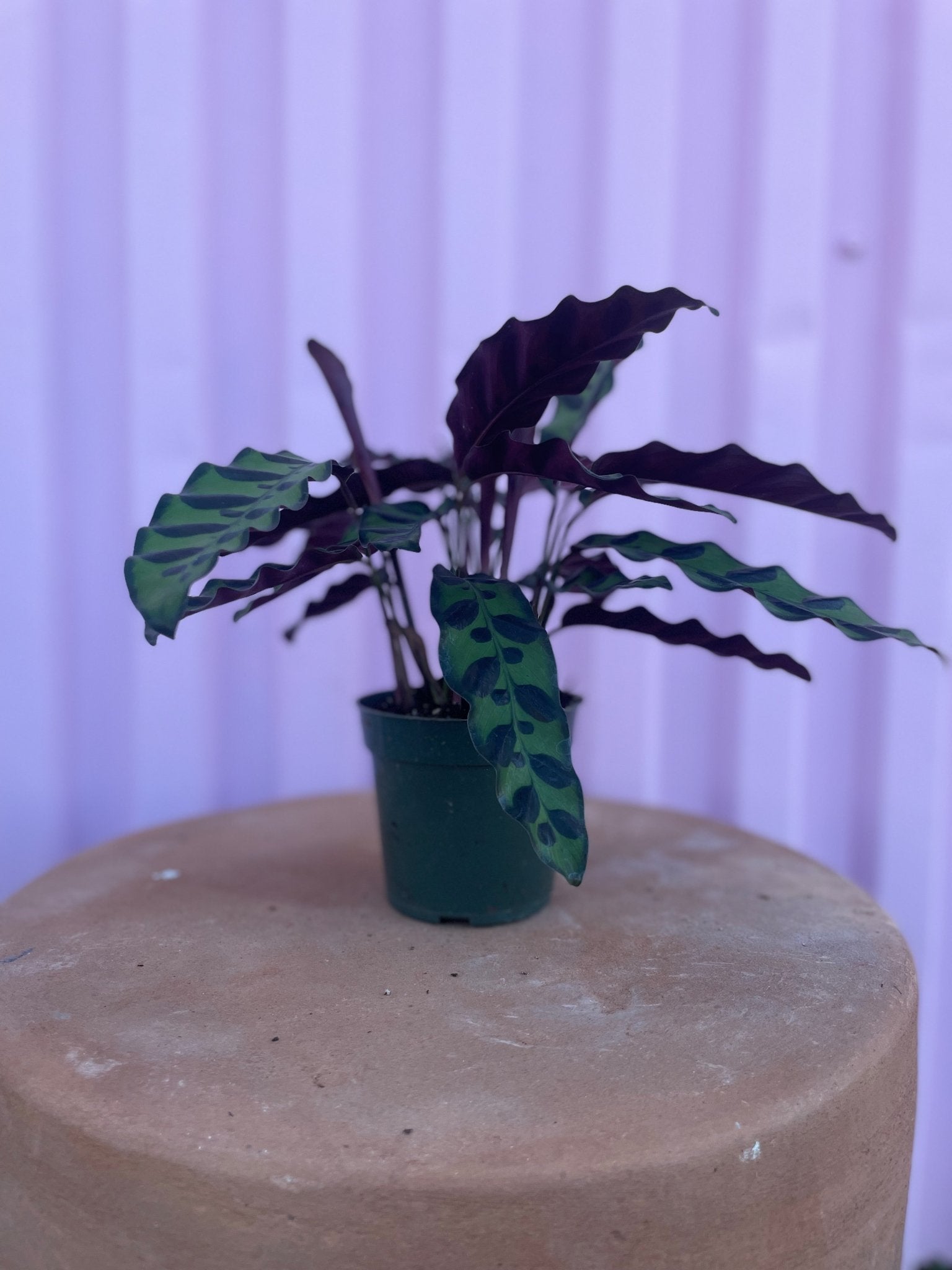
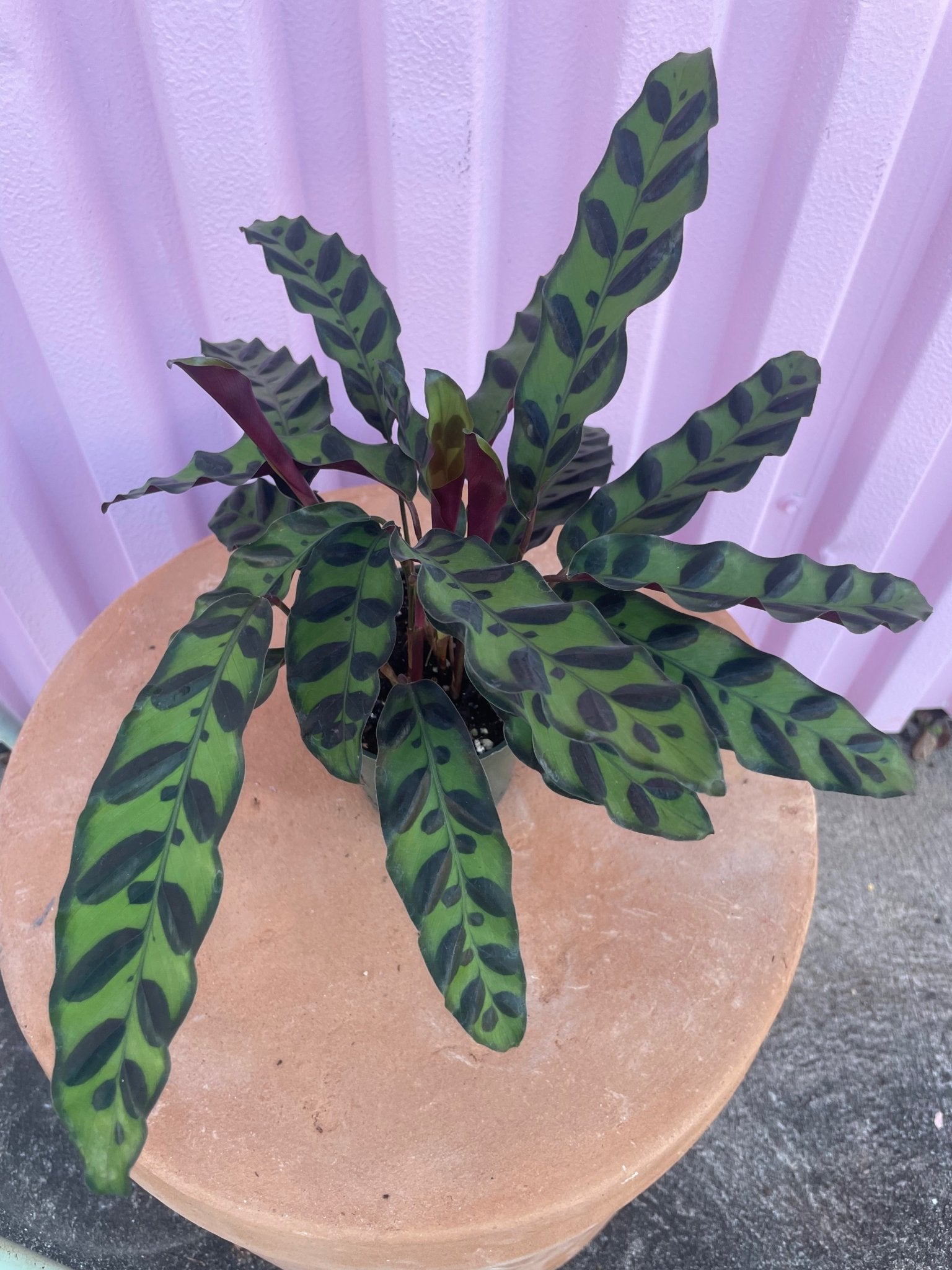
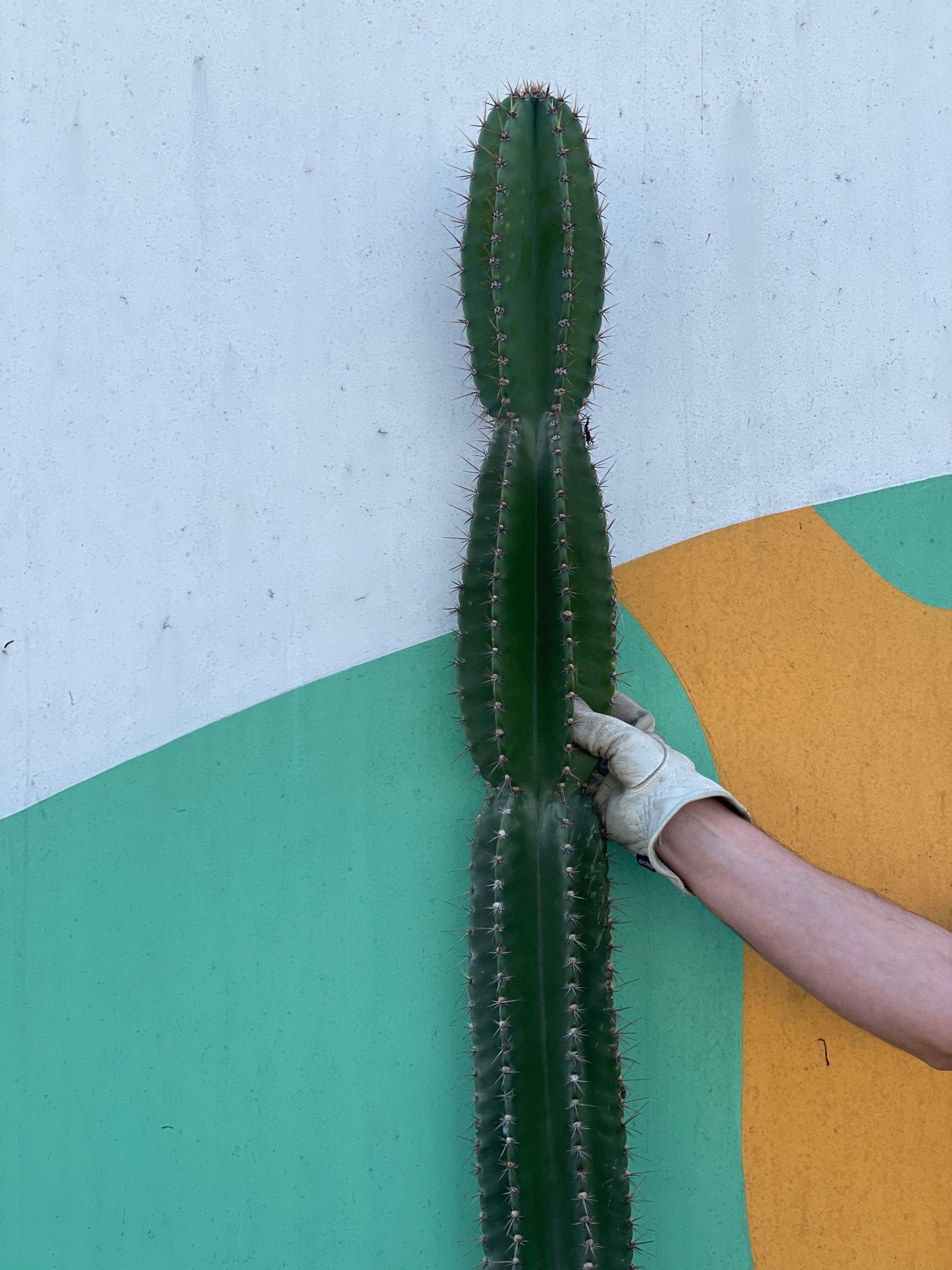
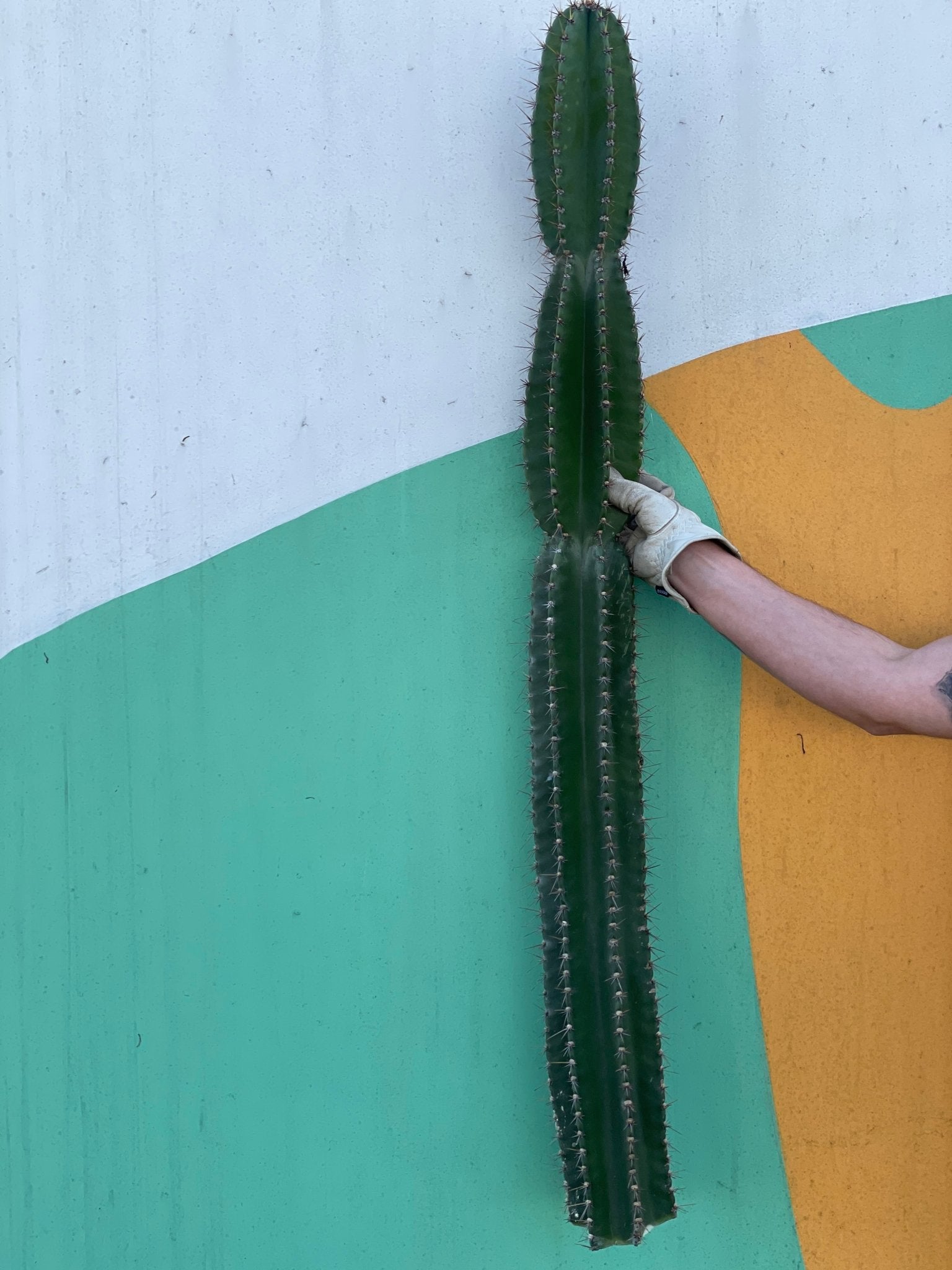
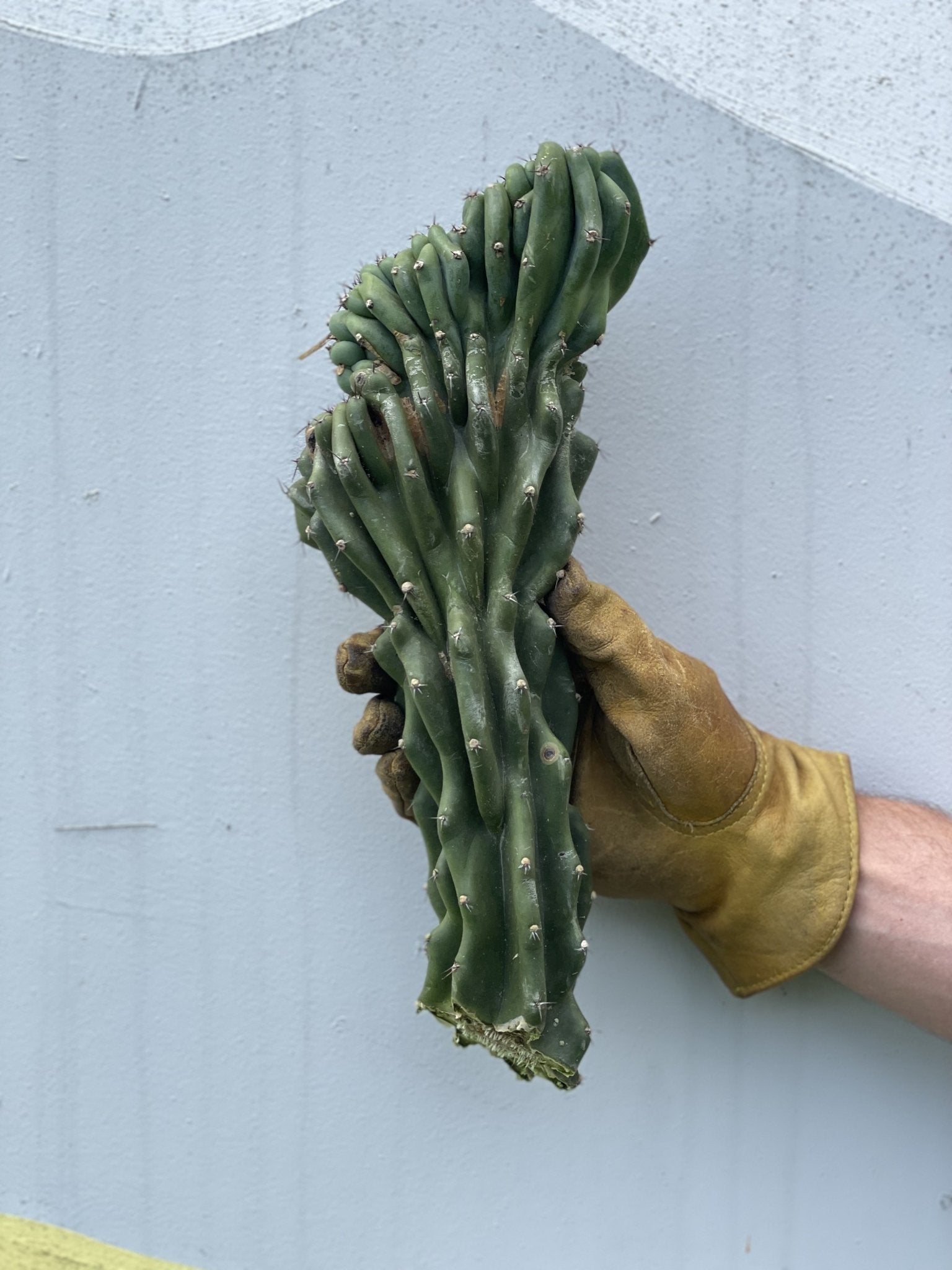
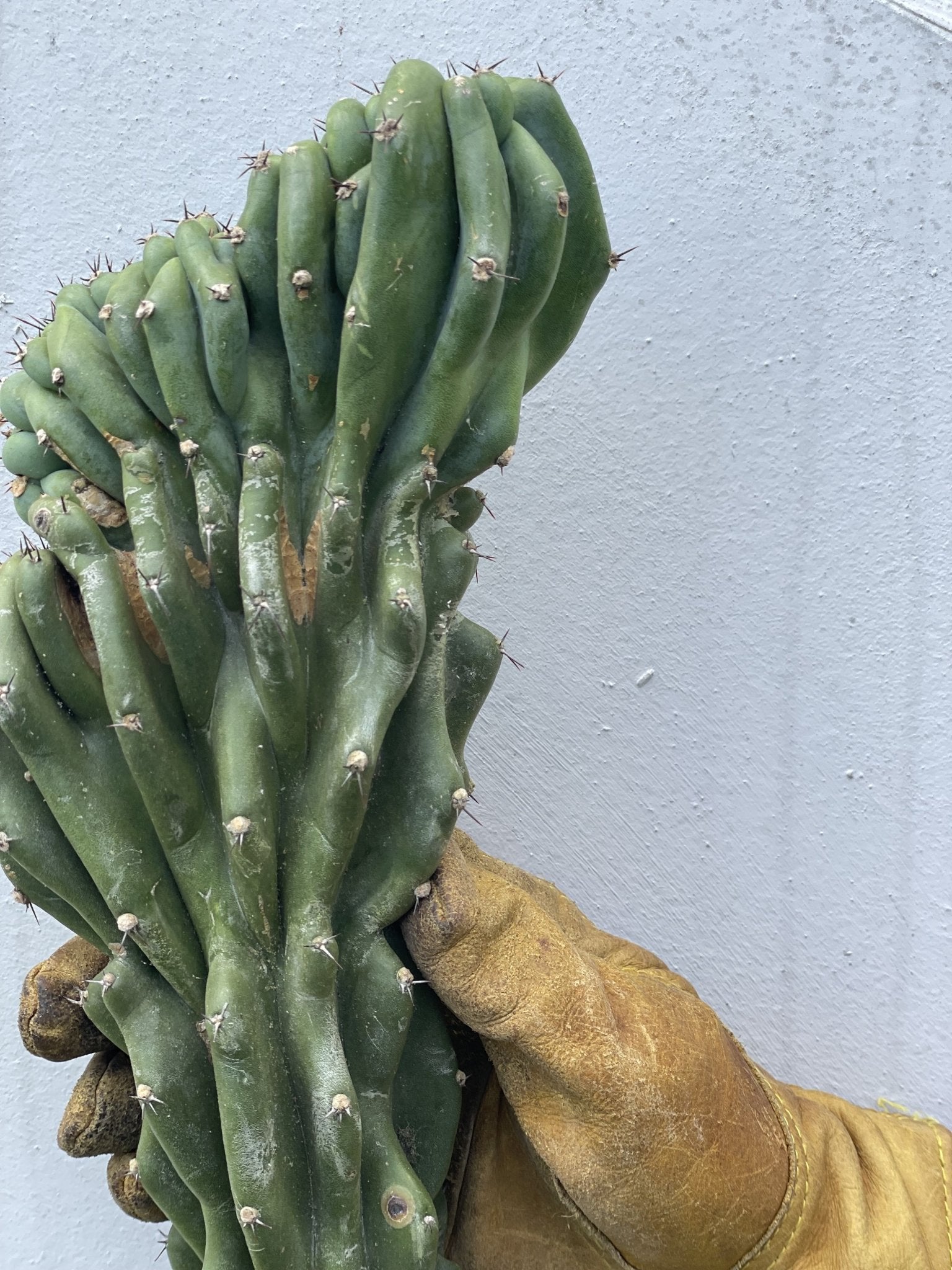


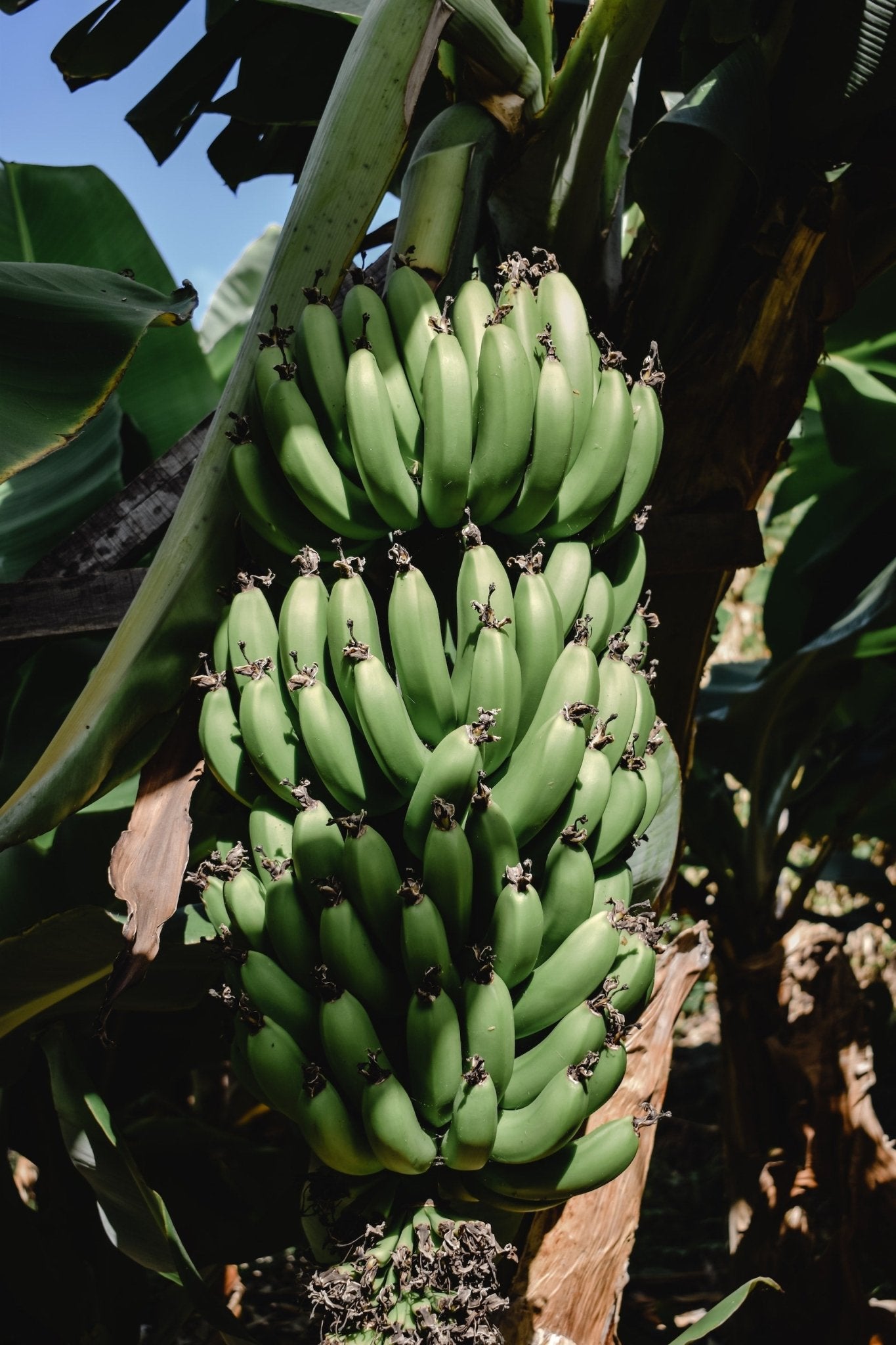
Leave a comment